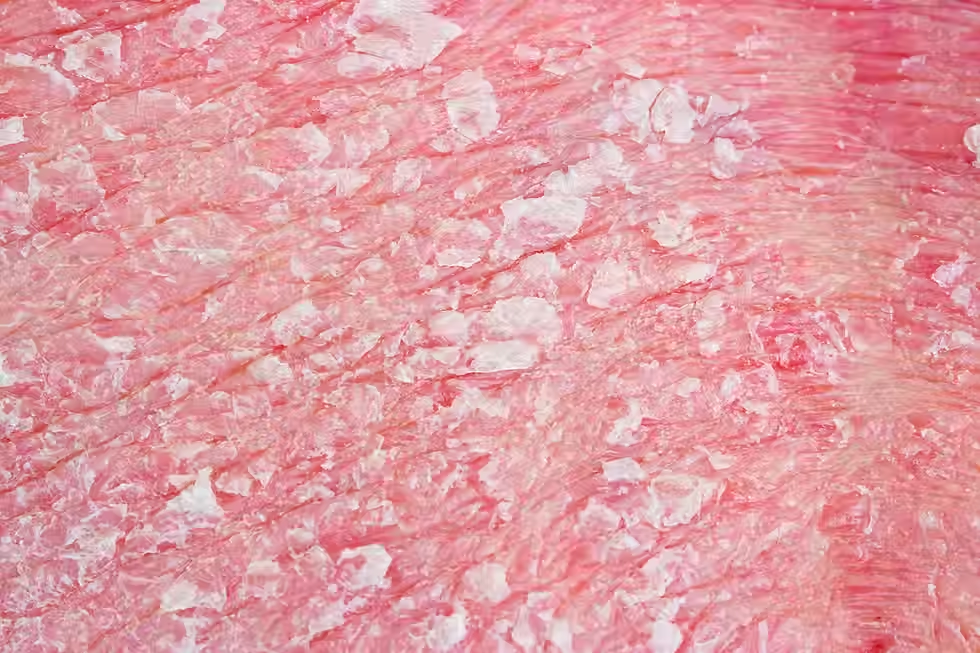What is HbA1c?
- Dr.Danny Devasy

- Dec 12, 2024
- 3 min read
When it comes to monitoring diabetes and long-term blood sugar control, one of the most trusted indicators is the HbA1c test. Unlike daily blood sugar checks that only give momentary readings, HbA1c provides a 3-month average of your blood sugar levels, making it an essential tool for anyone looking to understand and manage their risk of diabetes or complications from high blood glucose.
What is HbA1c?
HbA1c, also called Hemoglobin A1c or Glycated Hemoglobin, measures the percentage of red blood cells’ hemoglobin that has glucose attached to it.
Red blood cells live for around 120 days (about 4 months).
During this period, glucose molecules attach themselves to hemoglobin.
The more glucose present in the blood, the more hemoglobin becomes glycated.
This makes HbA1c an excellent long-term marker of blood sugar control.
Normal HbA1c Range (as per the American Diabetes Association – ADA):
Normal: Less than 5.7%
Prediabetes: 5.7% – 6.4%
Diabetes: 6.5% and above
Target for most adults with diabetes: Keep HbA1c below 7% to reduce risk of complications.
How is HbA1c Measured?

The HbA1c test is a simple blood test that requires no fasting and can be done at any time of day.
Method: Blood is drawn and analyzed using standardized lab techniques.
Time Required: Usually results are available within 24 hours.
Frequency: People with diabetes are advised to check HbA1c every 3–6 months.
Formula for Estimating HbA1c from Fasting Blood Glucose
While a lab test is the most reliable method, doctors sometimes use formulas to estimate HbA1c from blood glucose levels.
A commonly used formula (from the American Diabetes Association):
HbA1c (%) = {Fasting Blood Glucose (mg/dL)} + 46.7}/{28.7}
Example: If your fasting blood glucose is 126 mg/dL: (126+46.7)÷28.7≈6.0%
Note: This is an estimate. Lab testing remains the gold standard
Why is HbA1c Important?
Consistently high HbA1c levels indicate poor blood sugar control, which can lead to both short-term and long-term health issues.
Facts & Figures
According to the World Health Organization (WHO), diabetes affects 422 million people worldwide.
Every 10-second interval, someone dies from diabetes-related complications.
Studies show that each 1% reduction in HbA1c reduces risk of:
Eye complications (retinopathy): by 37%
Kidney disease (nephropathy): by 21%
Nerve damage (neuropathy): by 43%
Heart disease: by 14%
Complications of High HbA1c
Cardiovascular disease (heart attack & stroke)
Kidney failure requiring dialysis
Nerve damage leading to numbness, pain, and ulcers
Vision problems and even blindness
Slow wound healing and higher infection risk
Natural Ways to Manage HbA1c
Managing HbA1c doesn’t always mean relying solely on medications. With lifestyle changes, diet, and natural remedies, you can significantly improve your results.
1. Balanced Low-Glycemic Diet

Foods with a low glycemic index (GI) release glucose slowly, preventing spikes.
Include: Whole grains, legumes, oats, barley, leafy greens, nuts, seeds
Fruits: Guava, apple, papaya, berries (low GI options)
Avoid: Refined flour, white rice, pastries, sugary beverages
Fact: A Harvard study found that a high-fiber diet lowered HbA1c by up to 0.5% in type 2 diabetes patients.
2. Regular Physical Activity

Aim for at least 150 minutes per week of moderate exercise.
Activities like walking, yoga, swimming, and cycling help muscles absorb glucose without extra insulin.
Fact: Studies show that 30 minutes of brisk walking daily can reduce HbA1c by 0.7% in just 12 weeks.
3. Stress Management

Stress hormones (like cortisol) increase blood sugar.
Practice yoga, meditation, deep breathing, or mindfulness.
Even 10 minutes daily reduces cortisol and helps blood sugar control.
4. Adequate Sleep

Poor sleep leads to insulin resistance.
Aim for 7–8 hours of quality sleep.
Avoid late-night meals and screen time before bed.
5. Ayurvedic & Herbal Support

Several herbs are scientifically proven to help control blood sugar:
Fenugreek (Methi): Improves insulin sensitivity.
Bitter Gourd (Karela): Contains compounds that act like insulin.
Amla (Indian Gooseberry): Rich in Vitamin C, supports pancreatic health.
Cinnamon: Helps lower fasting glucose.
Turmeric (Curcumin): Anti-inflammatory, supports insulin function.
Fact: Clinical studies show fenugreek seeds can lower HbA1c by up to 0.9% over 3 months.
6. Regular Monitoring

Check fasting blood glucose weekly.
Check HbA1c every 3–6 months.
Keep a diary of diet, exercise, and sugar readings.




Comments